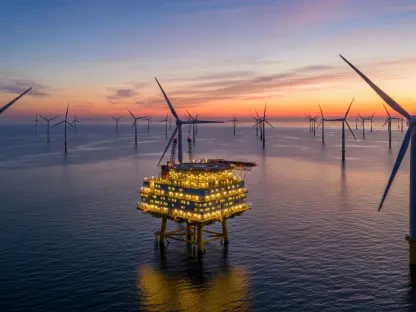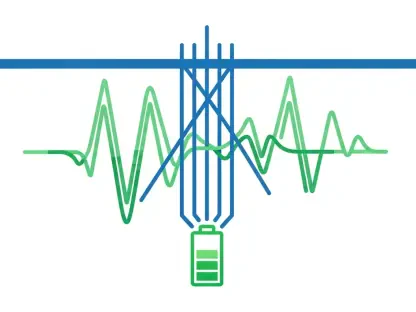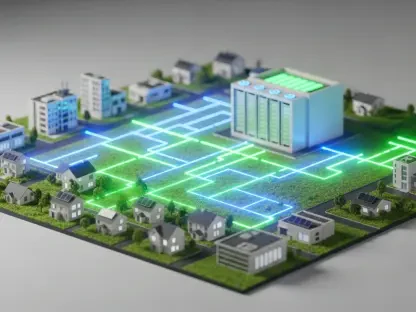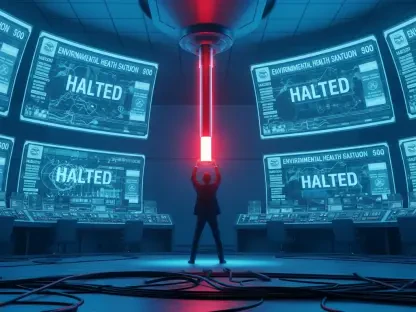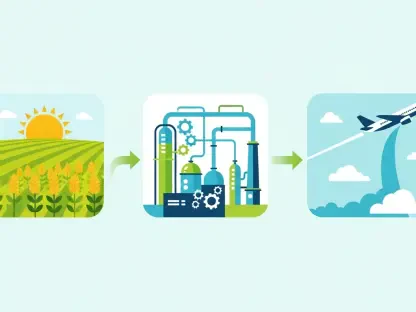Imagine a vast country plunged into darkness in the blink of an eye, with over a million households and businesses suddenly cut off from power due to a single, unexpected incident, leaving Brazil in a state of crisis on October 14. This was the stark reality when a fire at an Eletrobras-owned energy substation in the southern region triggered a nationwide blackout. The event disrupted approximately 10,000 megawatts (MW) of power, affecting more than 1.3 million consumers across multiple states. The scale of the outage revealed the intricate dependencies within Brazil’s national energy grid, where a localized failure can cascade into a far-reaching crisis. While the immediate impact was severe, the rapid response from authorities prevented prolonged chaos. This incident raises critical questions about the resilience of energy infrastructure and the mechanisms in place to safeguard against such disruptions, setting the stage for a deeper examination of the causes and consequences.
Unraveling the Incident’s Impact on the Energy Grid
The fire at the southern Brazil substation led to an immediate shutdown, severing vital connections in a region that was exporting around 5,000 MW of power to other parts of the country. According to Brazil’s energy operator, ONS, the South lost about 1,600 MW, but the effects rippled far beyond due to an automatic protection mechanism designed to stabilize the system during disturbances. This resulted in significant power interruptions, with the Northeast losing 1,900 MW, the North losing 1,600 MW, and the Southeast facing a staggering 4,800 MW shortfall. Such widespread impact underscores the interconnected nature of the national energy network, where a single point of failure can destabilize multiple regions. The numbers paint a vivid picture of how dependent modern societies are on seamless energy distribution, and they highlight the challenges of managing a grid that spans vast and diverse terrains. Distributors like Light and Enel Sao Paulo confirmed the human toll, reporting that millions were left grappling with the sudden loss of electricity.
Lessons Learned and Future Safeguards
Reflecting on the aftermath, the swift restoration of power within two and a half hours by ONS demonstrated the effectiveness of emergency protocols in mitigating prolonged disruption. Brazil’s Mines and Energy Minister, Alexandre Silveira, emphasized on local television that the blackout stemmed from an infrastructure issue, not a lack of energy supply, reassuring the public about the nation’s overall energy security. Eletrobras and ONS pledged to investigate the fire’s root cause, aiming to prevent similar incidents in the future. This event exposed the fragility of critical systems and sparked discussions on the need for enhanced maintenance of aging infrastructure. Moving forward, the focus must shift to implementing robust safeguards and modernizing key facilities to withstand unexpected failures. The investigation’s findings will likely offer valuable insights, guiding policies to strengthen Brazil’s energy resilience. This incident served as a stark reminder of the delicate balance required to maintain stability in a highly interconnected power network.


